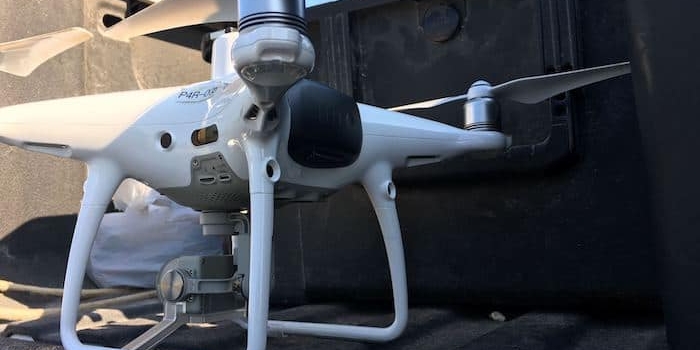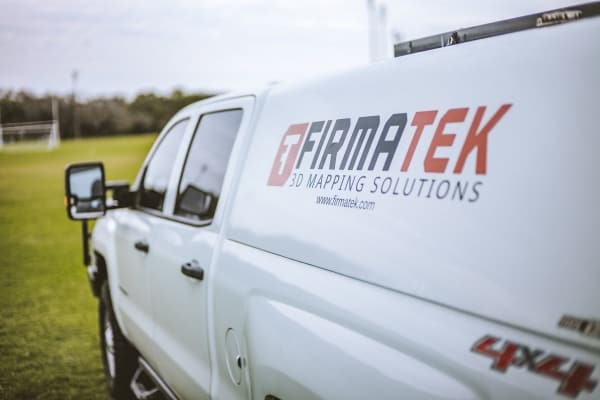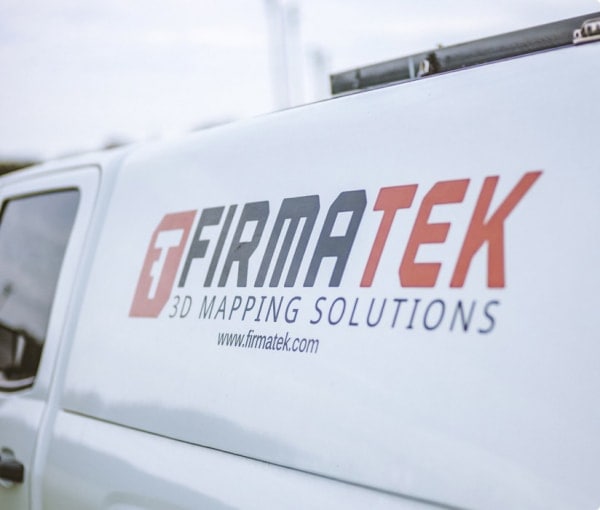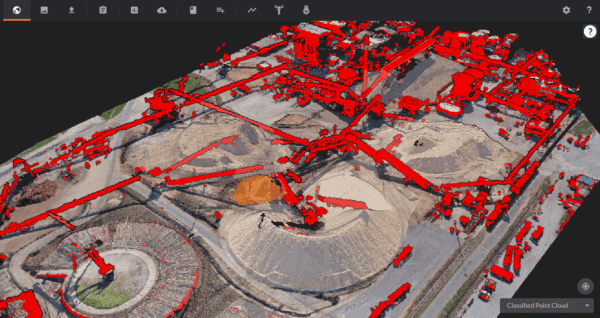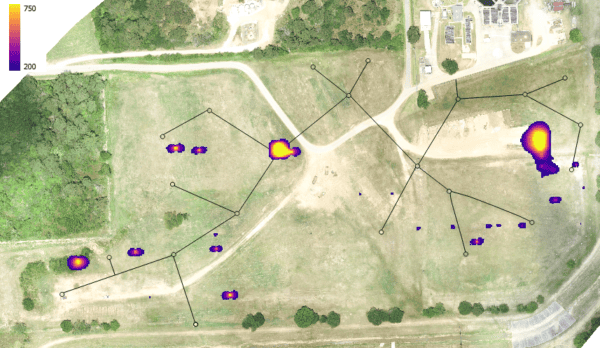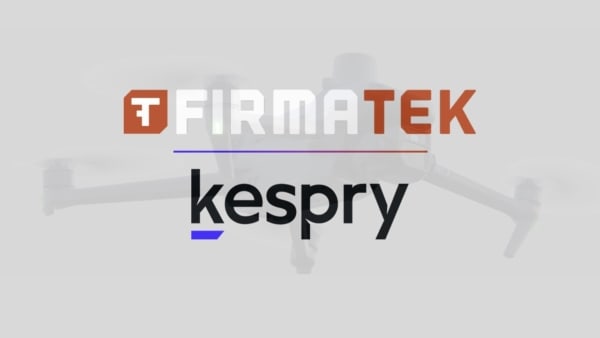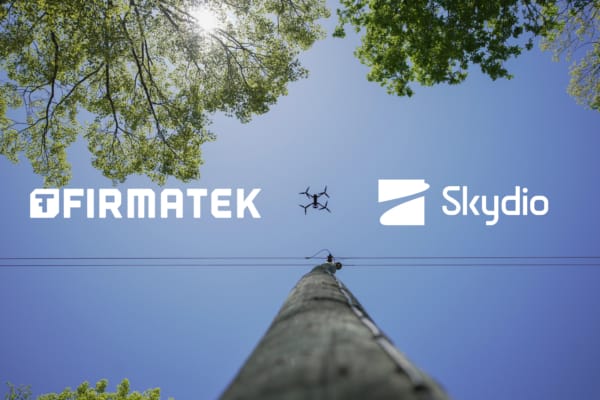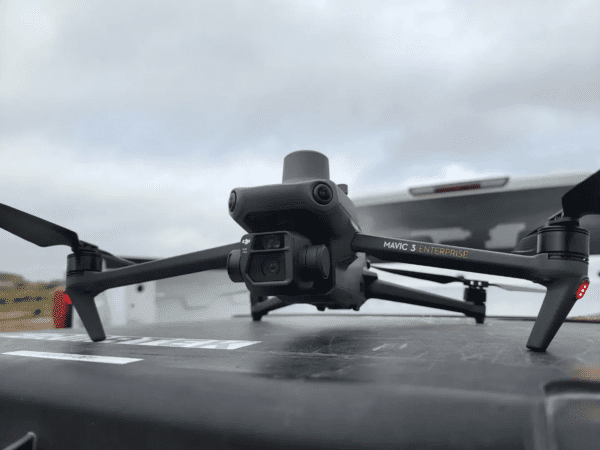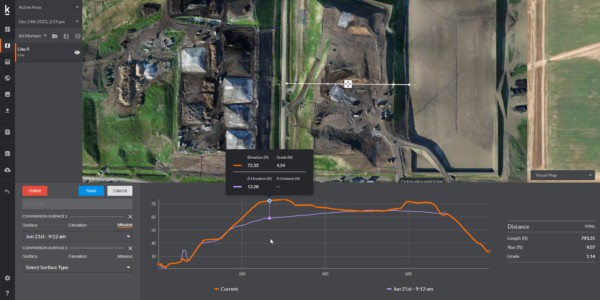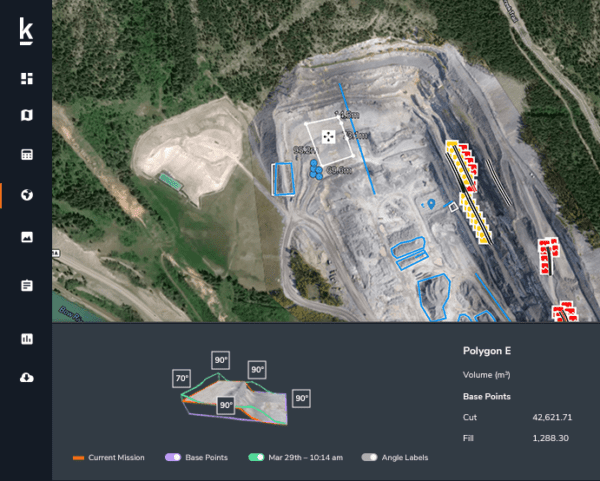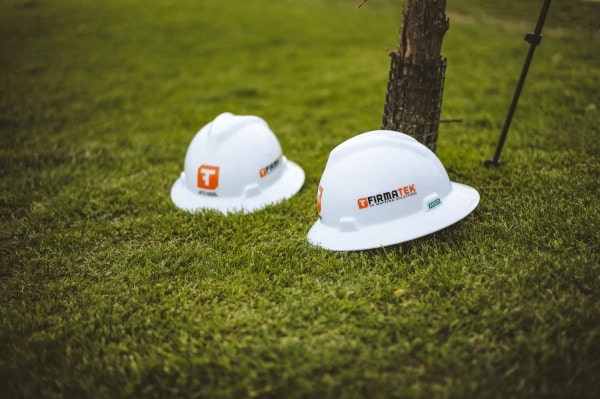By Andrew Maximow, Chief Drone Officer
With peak season winding down, it is time for Firmatek to start planning, gearing-up, and laying down tangible predictions for next year. With our services-led, technology-enabled approach, we have had the opportunity to test and deploy a variety of hardware and software products. We deployed a few that actually work reasonably well in our clients’ rugged and demanding environments. Even fewer proved to be reliable, accurate, and cost effective. As such, we keep setting the bar higher and higher every year. Fortunately we work closely with our technology partners, challenging them with critical feedback to keep improving. This year is no different, except for a greater emphasis on services.
One of the key lessons that we learned this past year from our Field Technicians is that less is more. Less gear, cables, add-ons, dongles and computers reduces the chance of something going wrong due to human error or a component failing. This is particularly true when traveling by air. The smaller the luggage footprint, the simpler and less expensive it is travel to client sites.
Case in point, the form-factor of the DJI P4-RTK is almost ideal. The hardshell carrying case, made by GPC, is a reasonable size for travel and carries all the necessary hardware to get the job done. This is the problem I have with some VTOL aircraft we’ve tested. The carrying case is too darn big, a major negative which outweighs the benefits of VTOL operation. In general, most of the drones to date, have separate, stand-alone components that need to be installed, configured, maintained and transported around. As you could most likely guess, this is a major logistics problem, especially in a production oriented field schedule like the one at Firmatek.
The new year brings the promise of more integrated systems with less expensive, proprietary electronics inside. GNSS is a good example. There are several players on the market offering GNSS products with OEM boards at a fraction of the price when compared to some incumbent product offerings. Some actually work pretty well!
One of our favorite integrated products is the TrueView410 payload sensor package from GeoCue. High quality LiDAR, RGB, GNSS, IMU-nav, and software is integrated into a reasonably affordable package that clicks into place on a standard, off the shelf drone airframe.
On the software side, we see a trend towards slimmer and more integrated software. We see a shifted focus on leaner hardware and more streamlined workflows that are part of an overall solution. 2020 will be about streamlining the workflow from data collection, to data processing, and final client deliverables. Our technology partners are working on solutions that process data locally, at the edge and in the cloud. Automating the manual steps involved in moving data from one standalone piece of software to another will reduce turnaround time and minimize the possibility of human error.
As with any technology advancements, adoption is the most significant challenge for the industries that we support. We’ve emphasize in previous articles that technology alone can’t solve this problem. It will be the trust gained by services that deliver insights arming decision makers to make business decision with a high level of confidence. Technology, such as UAVs, will continue to be an enabler that collect data consistently, reliably, safely, and in a cost effective manner.

